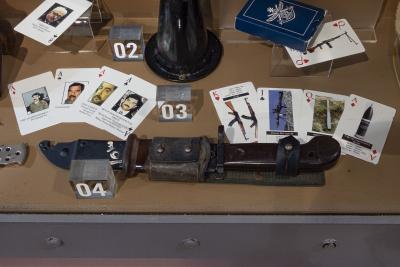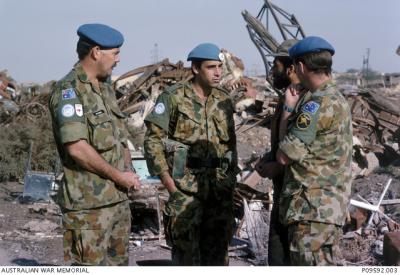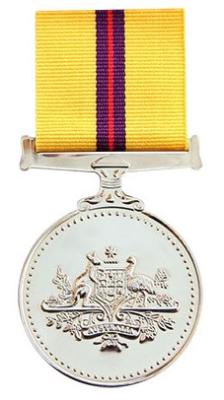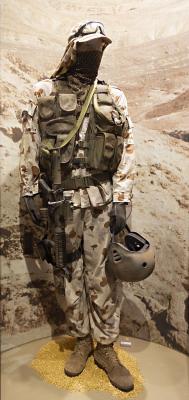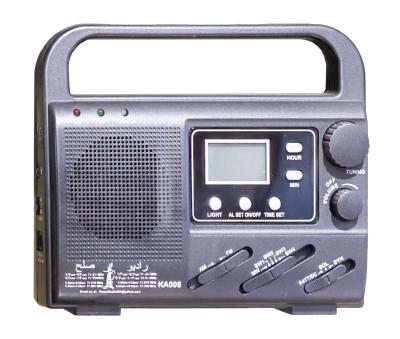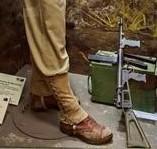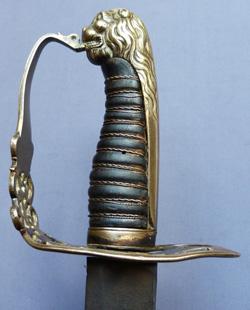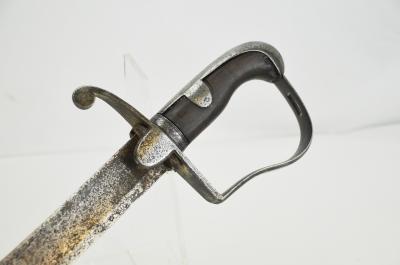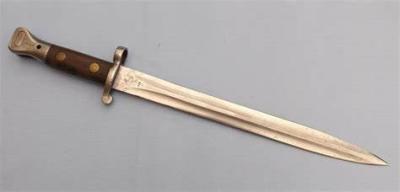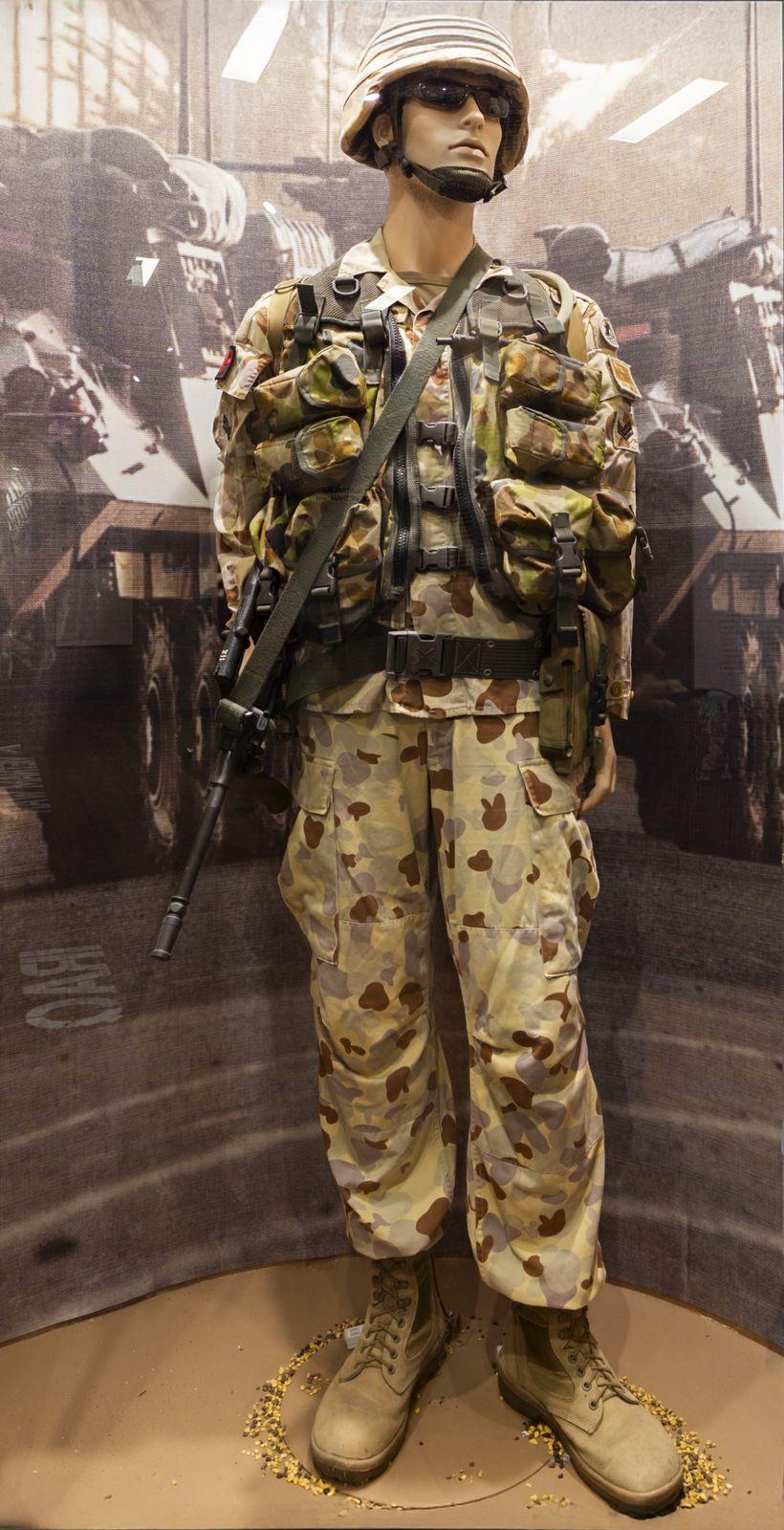Mannequin Display, Post 1945, Iraq War (2nd Gulf War), 2003 to 2013
Mannequin depiction of uniform, equipment and pattern of camouflage worn by Australian Army members who served during the Iraq (2nd Gulf War) in its various operational phases between 2003 and 2013.
The Iraq War had its origins in the First Gulf War of 1990 and 1991. During that conflict, Iraqi forces which had invaded Kuwait were driven out by an international coalition that included Australia. The coalition’s operation ended at Kuwait’s border with Iraq, and Hussein remained in power in Iraq. Ten years later, after the 2001 terrorist attacks in the US, senior politicians and military leaders seized the opportunity to intervene in Iraq.
At a meeting on 8 November 2002, the United Nations Security Council issued Resolution 1441 (2002). When Iraq failed to comply with its obligations by 17 March 2003, US senior political and military leaders and their allies took action. They planned to locate and destroy suspected weapons of mass destruction (WMDs), sever Iraq’s ties with terrorists and try to remove Saddam Hussein from power.
The US led a ‘coalition of the willing’ into Iraq under Multi-National Force–Iraq (MNF-I) on 20 March 2003. Within 3 weeks, Coalition forces had seized Baghdad and overthrown Hussein’s dictatorship. Operations in Iraq continued with a challenging campaign of nation-building and counterinsurgency to prevent Iraq from sliding into civil war.
The ADF deployed personnel from all 3 its services (Navy, Army and Air Force). Australians served in the Iraq War under:
• Operation Bastille (deployment and preparation phase)
• Operation Falconer (offensive operations phase) from 18 March 2003 to 15 July 2003
• Operation Catalyst (post-offensive phase) from 16 July 2003 to 31 July 2009.
When Australia had withdrawn almost all its troops, the ADF maintained a small presence in Iraq through:
• Operation Kruger from 1 January 2009 to 9 August 2011
• Operation Riverbank from 21 July 2008 to 14 December 2013.
Details
Details
Australia was an ally of the United States in the Iraq War, also known as the Second Gulf War. On 20 March 2003, Australia joined the US-led ‘coalition of the willing’ to intervene in Iraq and remove Iraq’s president, Saddam Hussein, from power. Personnel from all 3 branches of the Australian Defence Force (ADF) served in the war. Four Australians lost their lives due to their service in the Iraq War. Australia, along with all non-US coalition forces, withdrew its troops from Iraq in May 2011. The US withdrew its forces in late 2011. Some 17,000 Australians have been issued the Iraq Medal in recognition of their service.
This mannequin is in the Post 1945 Gallery at the Australian Army Museum of Western Australia.
Australian Army Museum of Western Australia
Australian Army Museum of Western Australia
More items like this
Other items from Australian Army Museum of Western Australia
- Mannequin Display, Post 1945, Central Asia, Afghanistan, Afghanistan War (War on Terror), 2001 to 2021
- Mannequin Display, Post 1945, Peacekeeping, Timor l'este / East Timor, 1999 - 2013
- Post 1945, Central Asia, Afghanistan, Radio Distribution, 2003 - 2020
- World War 2, Owen Gun, 1943
- Post 1945, Poloroid Colorpak 80 Camera
- Inter War, Party Line Wall Phone 1930s
- World War 2 Japanese Electrical Test Equipment, Variable Output Power Supply
- World War 2, Japanese Electrical Test Equipment - Voltmeter
- Post 1945, Australian Wireless Set A510, 1950s
- 1803 Pattern Infantry Officer's Sword
- 1796 Pattern Light Cavalry Sabre
- Bayonet - 1888 Pattern Magazine Lee-Enfield
